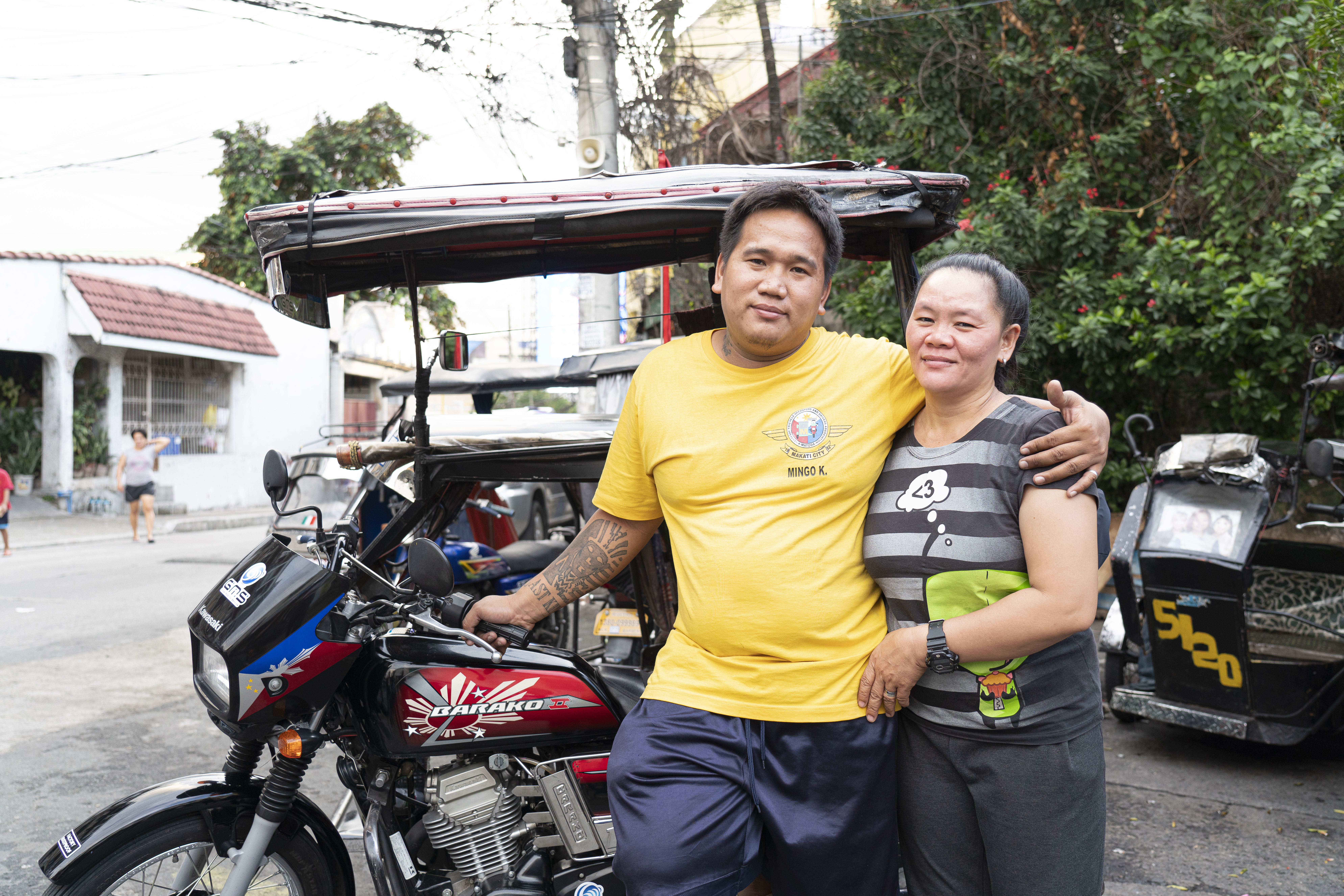Zoom into the Details behind ALICE SYSTEM―Design Concept Committed to Reality Part 4: Voices of Designers―”What We Gained by Participating in the ALICE SYSTEM Project”

ALICE SYSTEM, showcased at Expo 2025 Osaka, Kansai, Japan, is a futuristic public transportation system model developed by Kawasaki leveraging its robust technological capacity and expertise related to land, sea and air transportation.
In this article, we speak with five engineers who were responsible for designing each mobility component, exploring what they gained through their involvement in the ALICE SYSTEM project.

As a designer in charge of the planning, design and production of the exhibits, I had the opportunity to take on new challenges and collaborate with people I wouldn’t normally work with. For example, incorporated direct feedback from users into the design, partnered with a Kobe-based furniture maker to create original Banshu-ori (Yarn-dyed cotton textile from Hyogo, Japan) fabric seat covers, and helped introduce directional speakers that project sound in specific directions. These cross-industry collaborations taught me a lot, and I hope to apply these experiences to my regular work going forward.

I usually work on train car design, but for Expo 2025, I took a new role as section chief, which was something new for me. It was a completely different kind of work from what I am used to, but being entrusted with such a once-in-a-lifetime project made every day rewarding. Through close collaboration with internal and external stakeholders, I also rediscovered the importance of horizontal connections and information sharing.


I have loved world expos since I was young so much, so that I bought a season pass for Expo 2005. Being able to present my own concept for future aircraft at such a grand event, and to see it together with my children, was truly unforgettable. Going forward, I will continue to work on ALICE SYSTEM towards its implementation, committing myself to the responsibility of ensuring safety, the highest-priority issue concerning aircraft technology. The design of aircraft made by Kawasaki and used for the Blue Impulse flight showcased in the current expo was based on a model created about 45 years ago by Kawasaki, including senior engineers whom I respected. I wish to see ALICE Aircraft implemented and flying in the sky at the next world expo.

Jetfoil is one of Kawasaki’s proudest achievements and using it as a base for ALICE Ship sparked endless ideas—so many that my imagination ran wild! (laughs). As a member of the project, I met and worked with many new people, including Mr. Kosuge, who created computer graphics for the ship, which reminded me of the depth of talent across Kawasaki. I also learned a lot about the interior design of the train and aircraft. I think we should continue with cross-company opinion exchanges, looking to further boost Kawasaki’s strength.

We often receive various requests from customers about the design of the Jetfoil, but many have to be declined due to technical or regulatory reasons. This project, however, provided an opportunity to explore possibilities of the technology in the context of 2050, allowing us to give our imagination free rein to incorporate many dreamlike design ideas, including those that are impossible to realize presently, while working together with like-minded team members. I love the sea, which is a passion from my childhood. I chose to enter the company because of my career aspiration to manufacture large structures. So, ALICE Ship is the embodiment of my dreams. I am happy to be able to work with the envisioned world of 2050 in mind from now on.


Kawasaki Railcar Manufacturing Co., Ltd.

Kawasaki Railcar Manufacturing Co., Ltd.

Research Project Group, Aerospace Systems Company

Energy Solution & Marine Engineering Company

Energy Solution & Marine Engineering Company
Special Column: How Can We Build a Hydrogen Society by 2050?―Kawasaki’s Three Strategies Click here to read the story.







